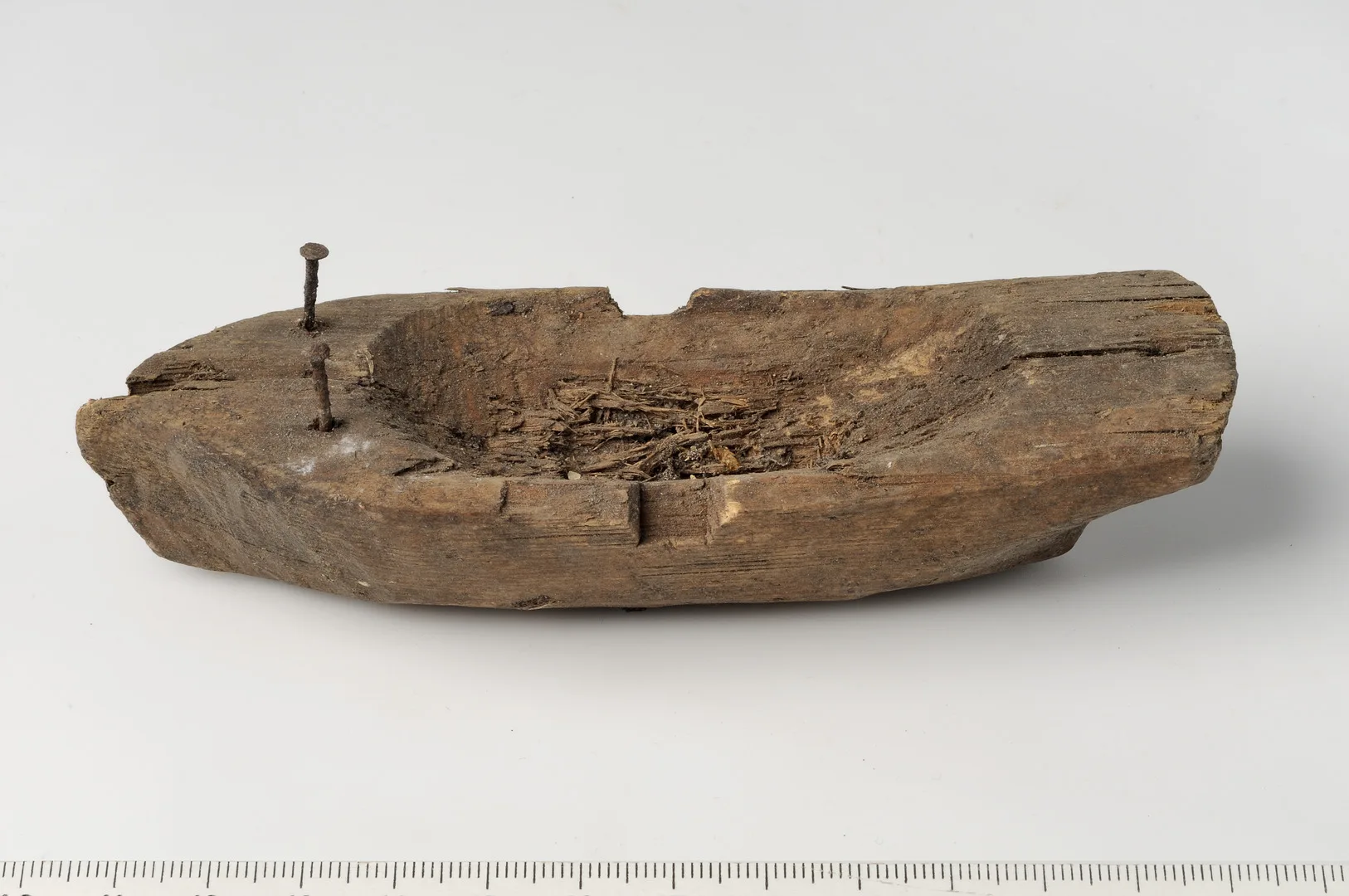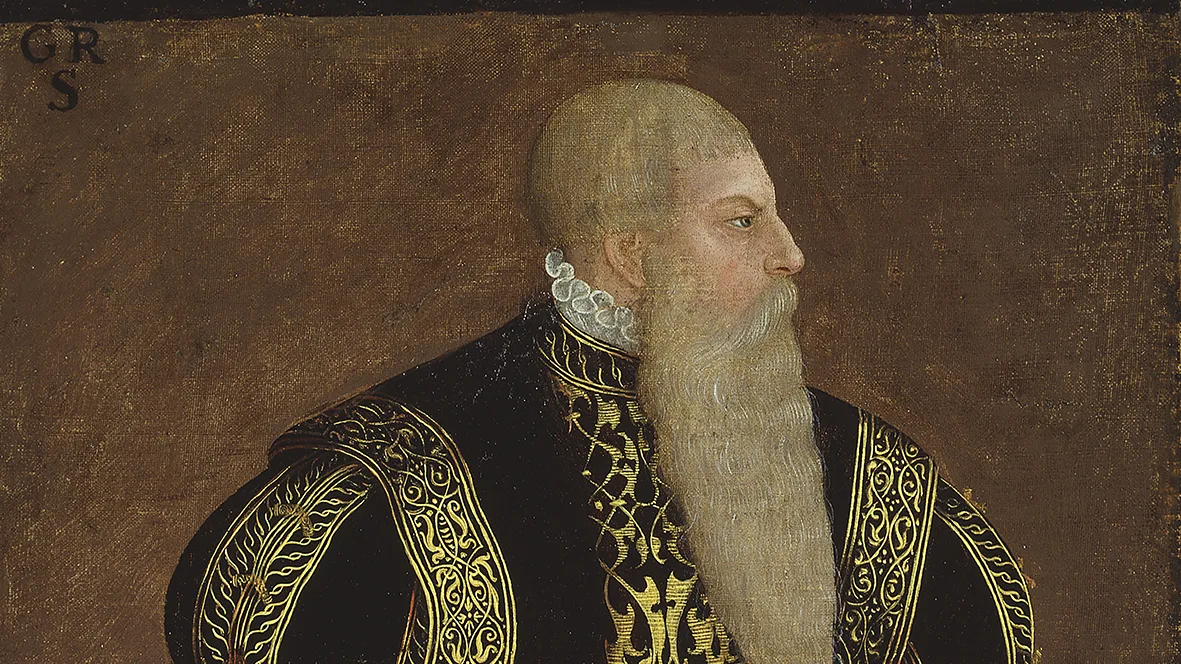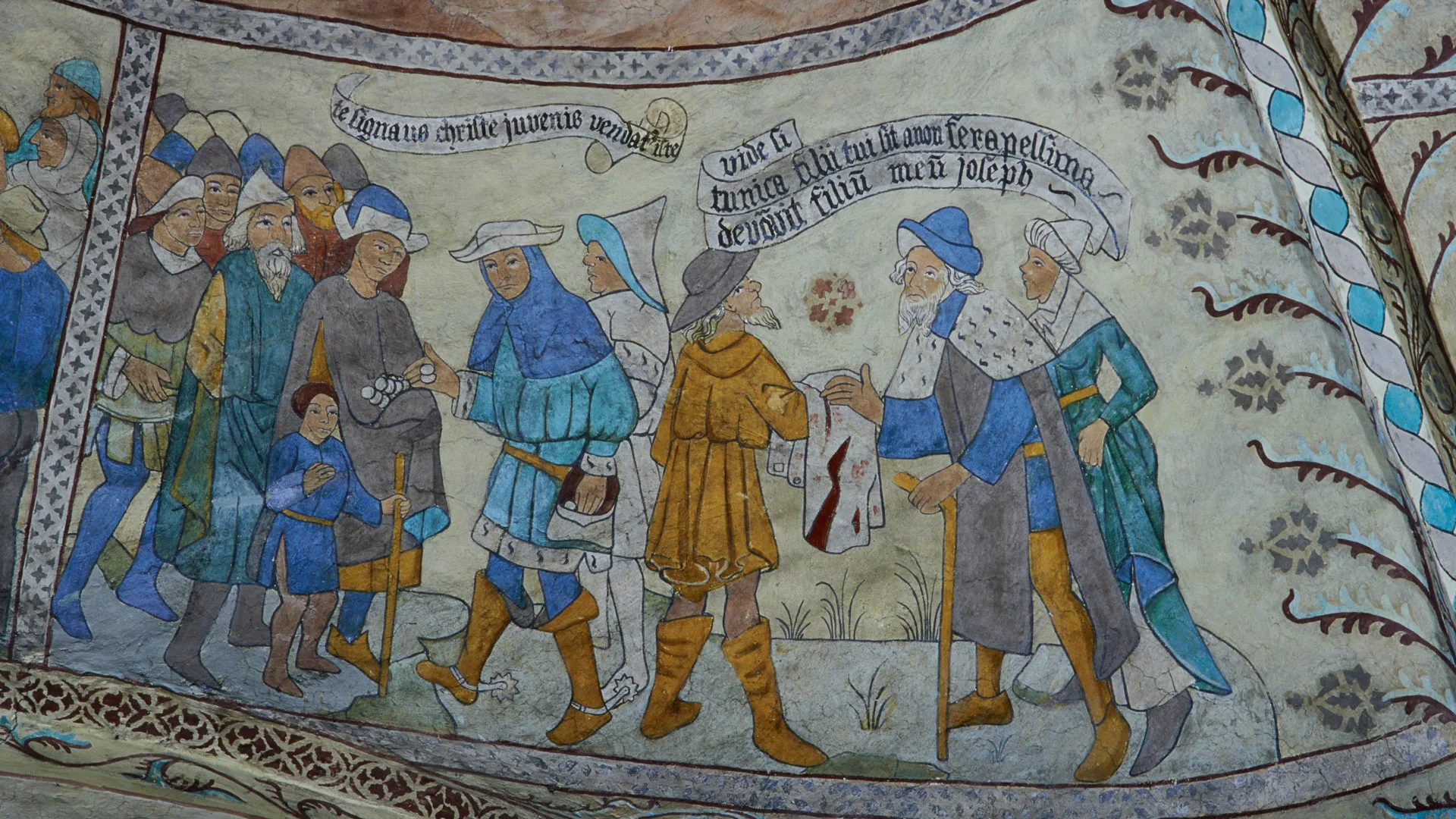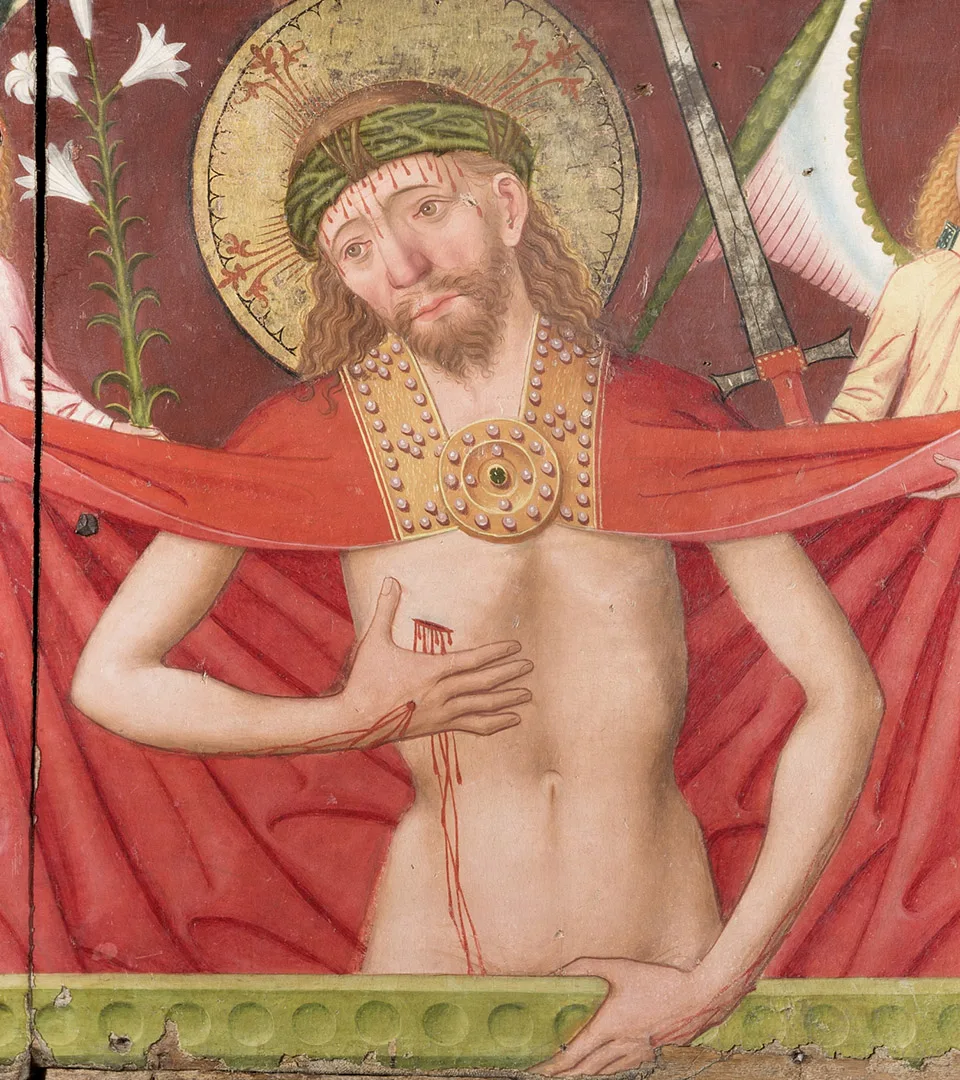The black death
Viking Age
AD 800 – AD 1100
Middle Ages
AD 1050 – AD 1520
Modern Age
AD 1520 – AD 2025
In the Middle Ages it was commonly referred to as the great death or the black death. The first known outbreaks occurred in China between 1331 and 1334. From there the plague spread rapidly along the established trade routes linking East and West. In 1347 it reached Genoa and Venice from the Crimea.
A mural painting in Täby Church in Uppland depicts a game of chess with death, represented by a skeleton. This image would have felt familiar to medieval people. Life was seen as a game that could not be won, for however one played, death would always triumph.
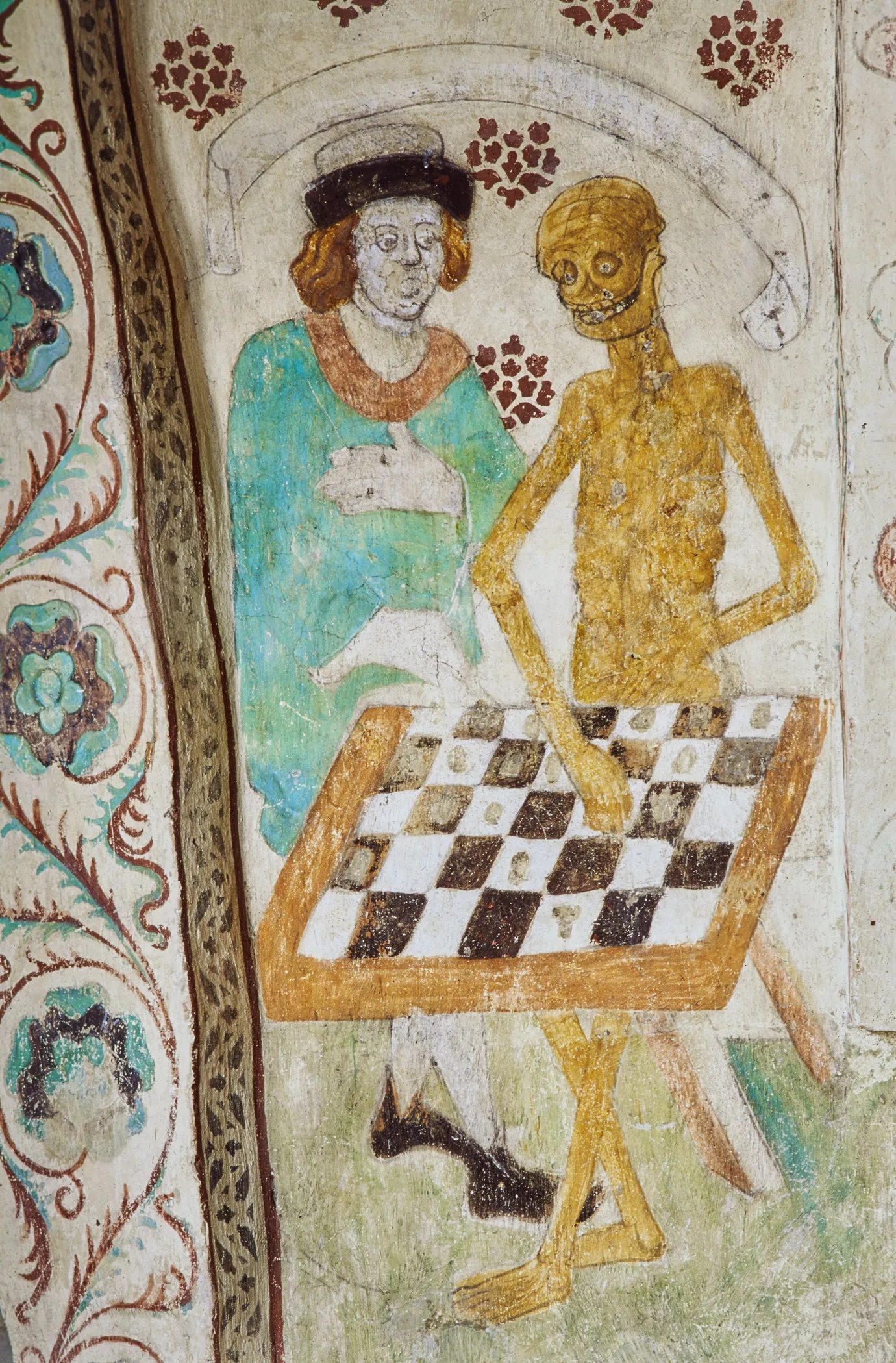
Spread across Europe
Sources tell of at least one ship from the trading port of Caffa on the Crimean coast drifting into Sicily, probably with infected sailors on board. From there the contagion spread north and west. In Scandinavia, Norway was the first country to be struck in the summer of 1349; a year later it had crossed the border into Sweden.
The plague bacterium, Yersinia pestis, is particularly lethal because it suppresses the immune system. Plague appears in three forms: bubonic, pneumonic and septicaemic. Bubonic plague carried a mortality rate of between 30 and 70 per cent, while pneumonic and septicaemic plague were almost invariably fatal. The disease primarily attacked rodents, above all rats.
Humans became infected through fleas that had fed on sick rats once their host animal died, the fleas would seek out a warm, living body. Later research suggests that large-scale transmission also occurred between humans, carried by fleas and lice. No vaccine against the plague exists even today.
The plague in Sweden
It is difficult to know exactly how many people in Sweden died in the first wave of plague. Estimates vary widely, ranging from 30–40 per cent to as much as two-thirds of the population. This would mean somewhere between 225,000 and 500,000 people.
The plague spread along the trade routes of the time. Both people and rats travelled on ships, carrying the disease ashore. In towns it spread rapidly through the filthy, narrow streets and overcrowded houses.
The black death also transformed people’s outlook. Death became a more prominent theme in art. Medieval people believed that the plague was God’s punishment for human sin, and that the only way to halt it was to appease Him. So-called penitential processions were formed: crowds of people, dressed in rags and wailing loudly, moving from place to place in an attempt to atone for mankind’s sins.
Winners and losers
The black death disadvantaged some but benefited others. With so much of the population gone, agricultural production declined drastically, reducing the incomes of the king and the nobility. At the same time, the fall in population increased the demand for farm labourers, who in turn received better pay for their work. Those peasants who survived the plague could therefore find themselves in a better economic position than before. In Sweden, the need to provide charity to the poor also diminished, a stark example of historical change producing both winners and losers.
